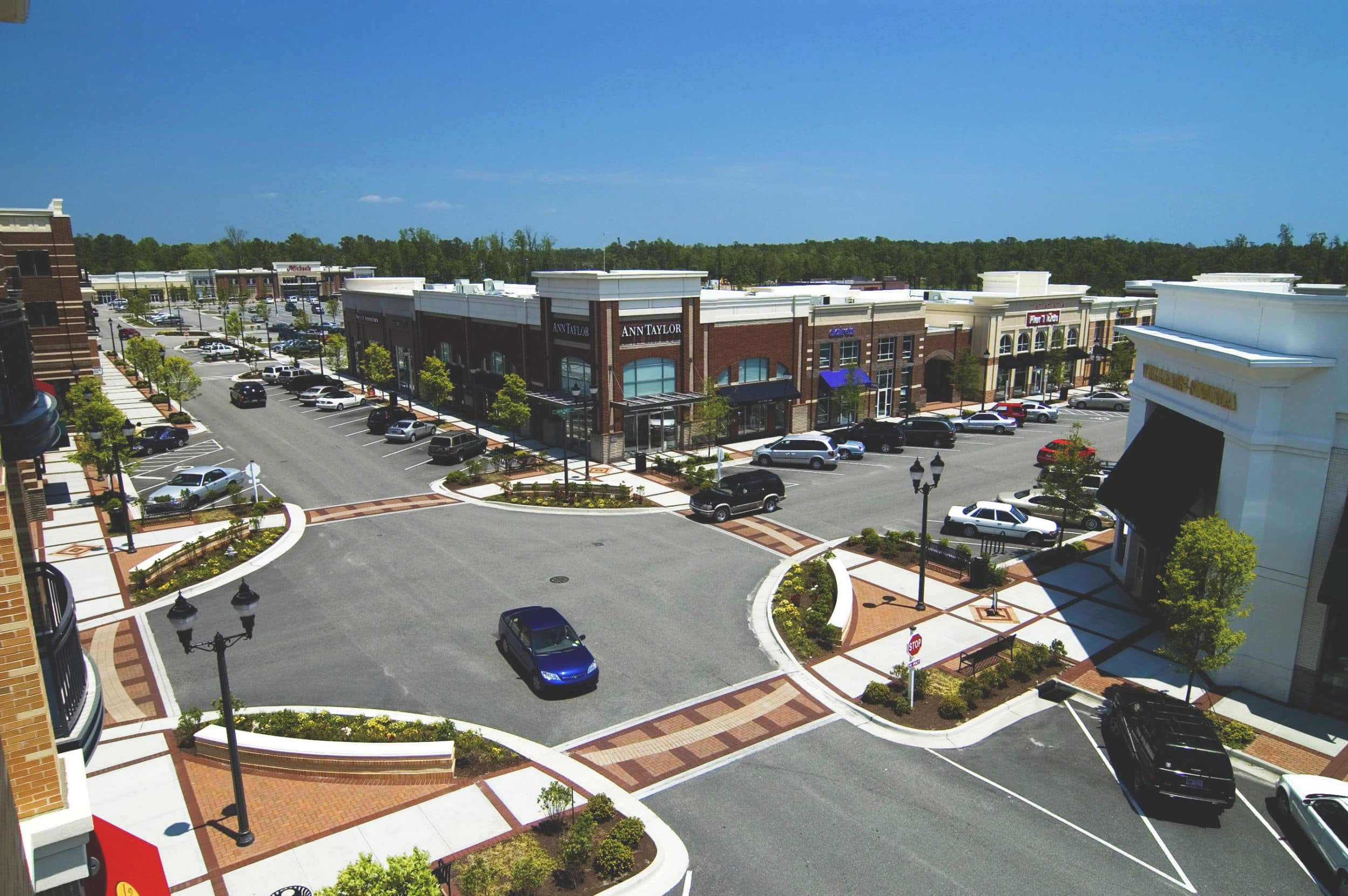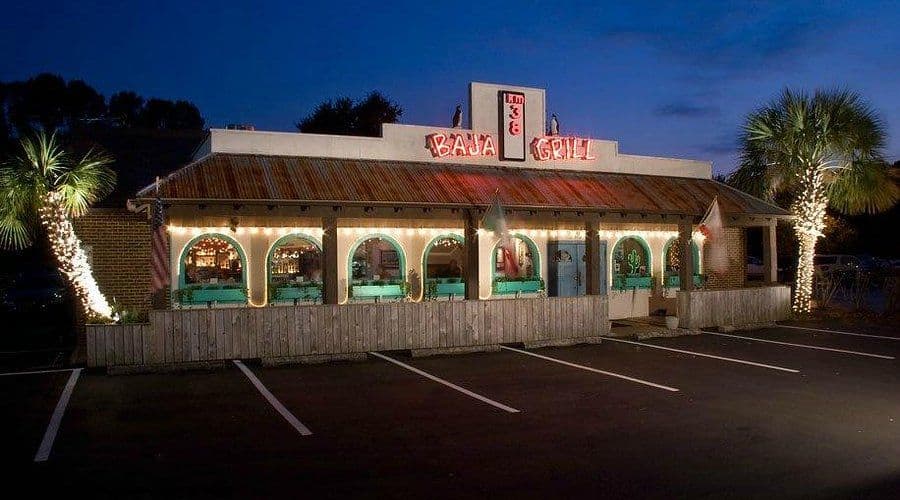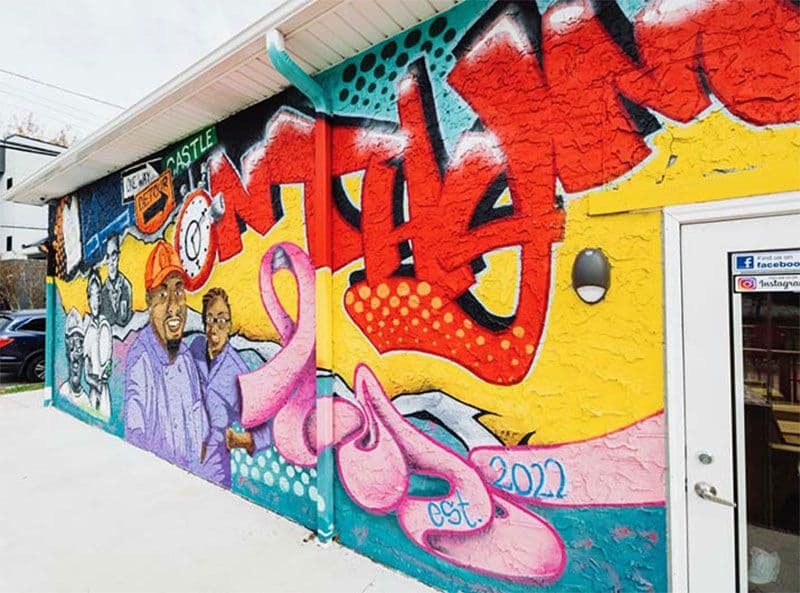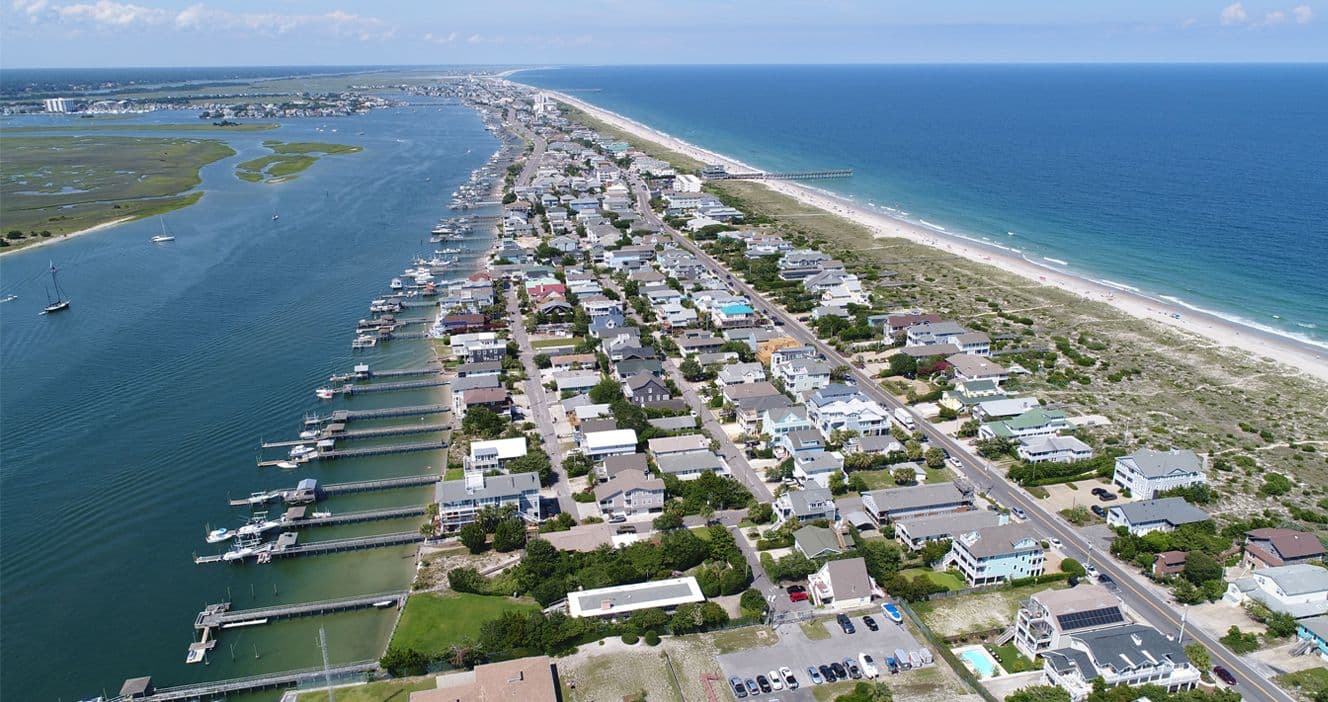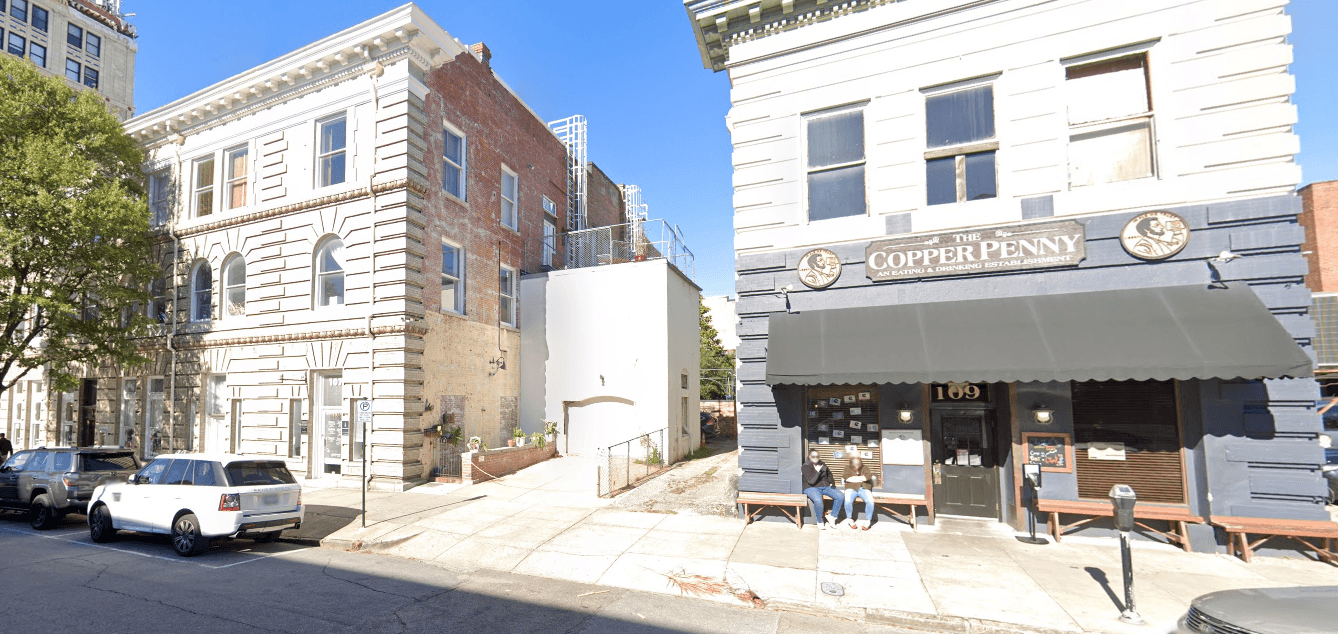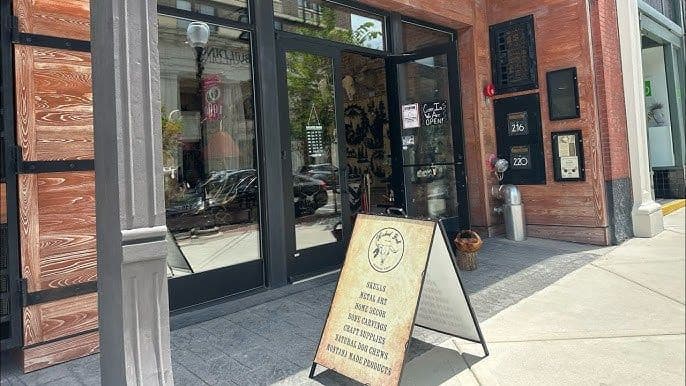Private Capital Underwrites Wilmington’s Central District Safety Revival
Business leaders invest in safety infrastructure downtown, signaling confidence and new opportunity for CRE owners.
Jul 26 2025
1 min read

Wilmington, NC — A private-sector safety coalition is actively reinforcing investor confidence in Downtown Wilmington, marking a pivotal shift in how safety is leveraged as a core urban value driver.
Launched by Wilmington Downtown, Inc. (WDI), the Downtown Community Watch & Safety Coalition is enhancing public safety infrastructure across the Central Business District (CBD) while strengthening conditions for sustained real estate growth.
Institutional Alignment Underpins Safety-Led Urban Renewal
The WDI-led coalition unites property owners, business operators, and residents in a strategic, non-dues model designed to prioritize access and collaboration.
According to WDI President and CEO Christina Haley, the coalition was formed to “ensure the vibrancy and livability of Downtown Wilmington,” reinforcing the area’s long-term economic trajectory.
Key upgrades are underway along Front Street, Second Street, and the Riverwalk, including enhanced lighting, expanded video surveillance, and streamlined inter-agency communications. The effort builds on WDI’s existing Public Safety Grant Program, which provides capital to property owners for surveillance and lighting installations that integrate with Wilmington Police Department’s STING Center.
Proactive Risk Management in Response to Violent Incidents
The initiative follows a string of high-profile safety concerns, most notably a fatal shooting on North Front Street. In response, WDI is coordinating with the Wilmington Police Department, New Hanover County Sheriff’s Office, Alcohol Law Enforcement, and the District Attorney’s Office to establish sustained, visible safety measures throughout the urban core.
Haley emphasized that these partnerships are central to “protecting our community and the future of our downtown,” highlighting the dual role of safety as both civic responsibility and economic imperative.
Safety as a Core CRE Value Driver
For commercial real estate (CRE) stakeholders, the coalition signals a shift in how value is created and maintained in urban investments. Safe, well-managed districts attract higher-credit tenants, justify premium lease rates, and experience reduced turnover. Investors aligned with this initiative may benefit from:
- Enhanced risk mitigation through lower exposure to vacancy and reputational damage.
- Increased asset appreciation as security upgrades expand the tenant pool and support mixed-use density.
- Improved stakeholder positioning as civic-minded operators amid growing ESG scrutiny.
Early engagement allows landlords and developers to capitalize on this movement’s momentum, incorporating safety narratives into leasing strategies and underwriting models.
Positioning Wilmington in the Southeastern Growth Corridor
Downtown Wilmington has attracted over $650 million in private investment since 2014, with more than 1,100 new residential units bolstering 24/7 foot traffic and demand for amenities. This aligns with broader demographic trends favoring secondary Southeastern metros with coastal access, historic identity, and expanding innovation sectors.
The introduction of a business-led safety framework enhances Wilmington’s appeal to institutional investors, especially those seeking value-add plays in mid-tier markets with rising urban livability.
Investment Takeaways
- Join WDI’s coalition to stay ahead of public-private infrastructure developments and signal community engagement.
- Incorporate safety investments into property marketing to appeal to quality tenants and cautious lenders.
- Target acquisition opportunities in newly fortified corridors to unlock redevelopment and repositioning potential.
Strategic Outlook
Downtown Wilmington is evolving beyond aesthetics—it is becoming a safer, more investable market led by private-sector coordination. For CRE professionals, this moment represents a convergence of safety, growth, and capital alignment. Investors who move early stand to benefit from improved fundamentals and a stronger position in one of the Southeast’s emerging urban markets.

Marcus Lane
Marcus Lane writes about real estate, urban planning, and regional business strategy across Southeastern North Carolina. With a background in market analysis and civic reporting, he brings practical insights to emerging development stories and public-private partnerships.
Related Posts
More stories from the same category
Mayfaire Town Center Adds Nurse‑Led Piercing Studio and Children’s Fashion Store
Deep Dive - Wilmington’s Private-Led Boom to Record Growth, How It Happened.
Recent Posts
Stay up to date with our latest stories
Protocase and 45Drives Accelerate U.S. Growth with Major Wilmington Expansion
Mayfaire Town Center Adds Nurse‑Led Piercing Studio and Children’s Fashion Store

Subscribe to Newsletter
Provide your email to get email notification when we launch new products or publish new articles


